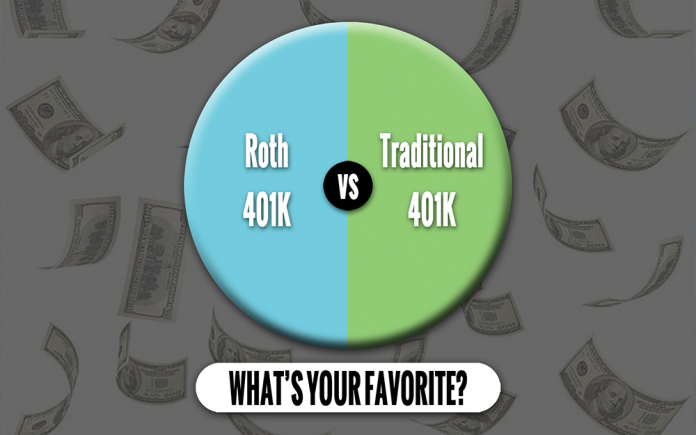
By Haddon Libby
One of the best ways to reduce your taxes is to contribute as much of your income as you can to a retirement account like a 401k.
The maximum amount that you can contribute to a 401k if you are under 50 years of age is $20,500. Once you pass the mid-century point, you can make a ‘catch-up’ contribution of another $6,500 bringing your maximum contribution up to $27,000. Any contributions by your employer are in addition to this and max out at $40,500.
If you own a business and do not have a group plan for your employees, you can open a solo 401k plan. Typically, people with small businesses or gig workers who receive 1099s each year qualify to start solo 401k plans. With a solo 401k, you can contribute more than a group 401k. If you have a group 401k plan for your business, you cannot start a separate 401k as you must participate in that plan just like your employees.
solo 401ks can be set up by a sole proprietorship, limited liability company, S-Corporation or C-corporation. Contributions max out at $61,000 for 2022 so long as you have this much in income. With a solo 401k, you as employer can contribute up to $40,500 in lieu of salary. This contribution should be done by year-end. You can then contribute up to another $20,500 as the employee prior to filing your taxes in 2023. If you are over 50 years of age, add another $6,500. If you are married, you can add your spouse to the plan and save up to $122,000 if under 50 and $135,000 if you are both over 50.
Where a solo 401k works best for those trying to reduce taxable income by a lot, there are also great ideas for people with lower income levels and lower tax rates.
If you pay little in state and federal taxes each year and have some money to save, consider a ROTH IRA. Roth IRAs come in two varieties: Roth 401k and Roth IRA. The Roth 401k is usually available through your employer. Anyone can set up a Roth IRA.
Roths work best for those who have a low tax rate today and expect a higher tax rate in the future. With Roth plans, you pay your tax today and never have to pay taxes on those funds again. If you are in your 20s, this means that the money can grow tax-free for 40+ years.
The big difference between the Roth 401k and the Roth IRA is that the Roth 401k can save the same amount as the Traditional 401k – $20,500 if you are under 50 and $27,000 if you are older. Employer contributions are in addition to those limits and can be up to another $40,500.
A Roth IRA is limited to a $6,000 contribution if you are under 50 and $7,000 if you are older.
Once you turn 72 years old with a 401k, you must take RMDs, Required Minimum Distributions, from the retirement account. Roth 401ks or IRAs do not have RMDs as you have already paid the tax on these monies to the state and federal tax collectors.
Whether you have a 401k or Roth, be sure to name beneficiaries in the event that you die before spending the money. One mistake many people make is to name a Trust instead of individuals. If you die and name the trust as the beneficiary, your 401k is liquidated and 100% taxable. If you name individuals versus a trust, each inheritor gets to decide whether they cash out their portion of your retirement account or roll those funds into a beneficiary IRA. With beneficiary IRAs, the inheritor has ten years to withdraw funds.
There are numerous variations on these basic retirement ideas. To understand the topic more, feel free to drop me a note at hlibby@winslowdrake.com.
Haddon Libby is the Founder and Chief Investment Officer of Winslow Drake Investment Management. For more information on our services, please visit www.WinslowDrake.com.












































